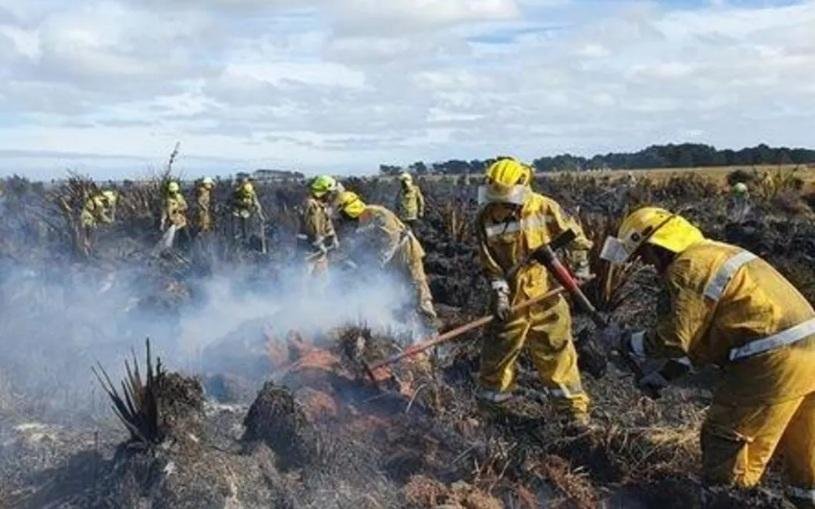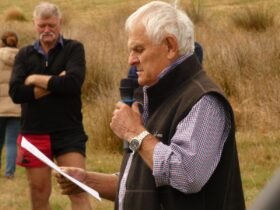Two people have been sentenced to home detention and community work, and fined thousands of dollars, two years on from a fire which devastated Southland’s Awarua Wetlands.
They pleaded guilty to charges of lighting a fire during a prohibited season and allowing a fire to get out of control and spread, when the case was heard in the Invercargill District Court on Thursday.
One offender was sentenced to seven months’ home detention, and to pay reparations of $10,000, and the other was sentenced to 200 hours’ community work and 12 months’ supervision, and reparations of $10,000.
A third person is yet to be sentenced.
The fire was lit in the Awarua Wetlands in Southland on April 2, 2022 during a prohibited fire season, which meant a total fire ban was in place.
Fire and Emergency New Zealand deputy national commander Steph Rotarangi said crews fought the fire for more than a week.
It burnt through 1330 hectares and had environmental and financial consequences in an internationally recognised conservation area.
“Given the significance of the impact of the Awarua Wetlands fire, and the fact the area was under a total fire ban, we considered it appropriate to prosecute three individuals for the fire,” she said.
This was the second prosecution under the Fire and Emergency New Zealand Act 2017 – the first resulted in an $18,000 fine for an unauthorised burn-off.
The Department of Conservation’s southern South Island operations director Aaron Fleming said the fire caused significant damage to the biodiversity and ecosystem of the wetlands, released vast carbon emissions, and seriously set back conservation work in the area.
“Awarua Wetlands is one of the largest remaining wetland complexes in this country and was recognised as New Zealand’s first Ramsar Convention on Wetlands site of international importance in 1976,” he said.
“The fire burned about 980ha of wetland plants, which is an important habitat for threatened species like matuku-hūrepo/ Australasian bittern and other birds, plants, insects, lizards, and fish. It also injured or killed a high number of animals.”
Weeds such as gorse and Spanish heath were already beginning to invade the burned areas, in some places outcompeting native plants.
It was estimated about 104,000 tonnes of carbon emissions were released into the atmosphere from this fire – equivalent to driving about 409,829,000 kilometres in an average petrol car.













Leave a Reply